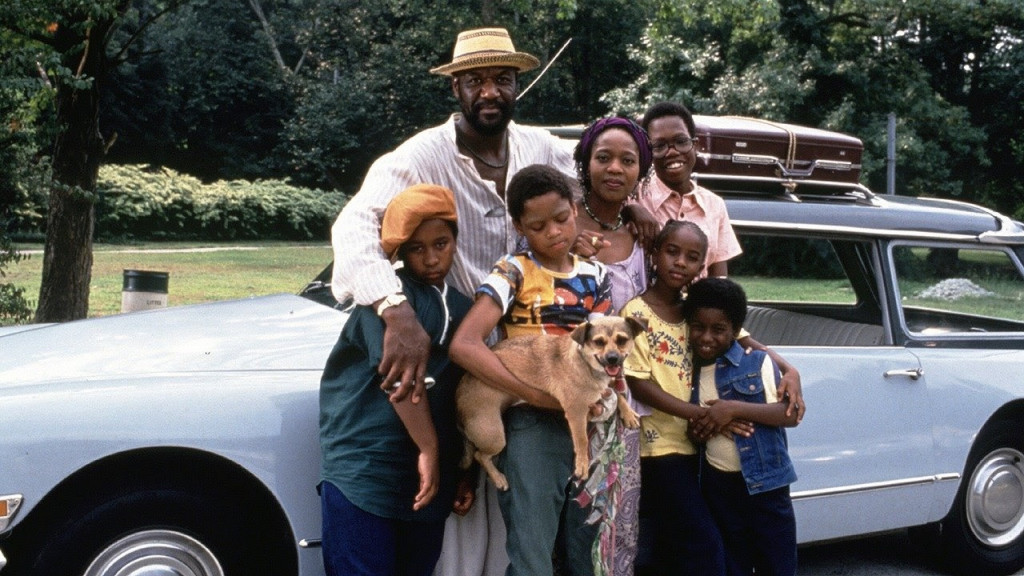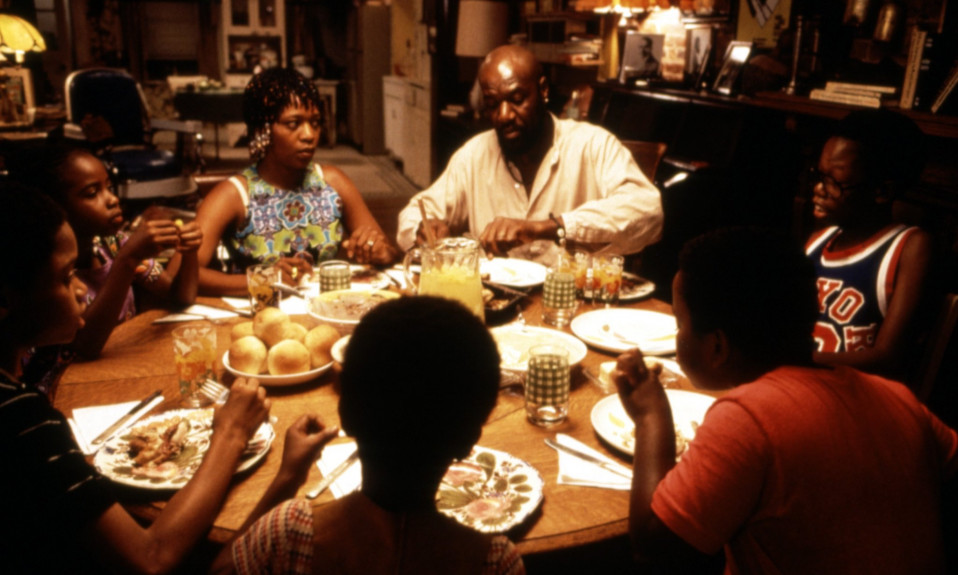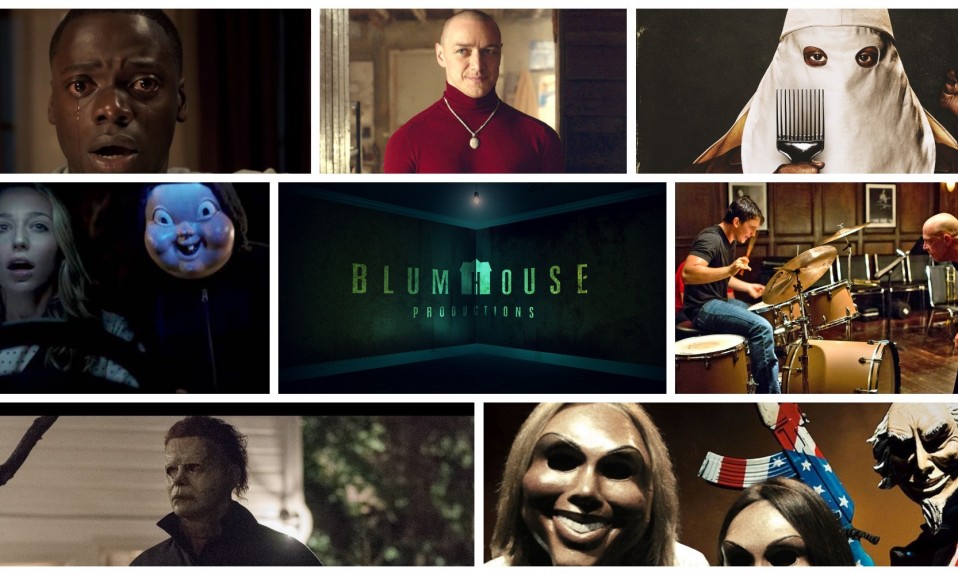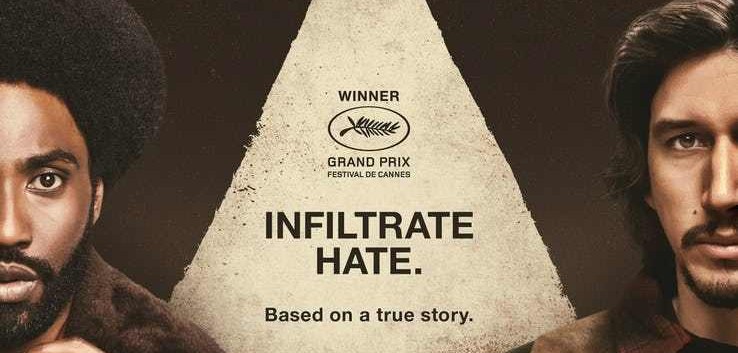The camera floats through a hazel-coloured afternoon in 1973 Brooklyn, New York. Black kids are frolicking through the streets, running against each other, rope skipping, playing hopscotch, and taking turns in card-based baseball games. Meanwhile, senior citizens are playing domino, all soundtracked by The Stylistics’ ‘People Make the World Go Round.’ This scene represents a bygone New York that shot by another director would be a cliché, but under the gaze of Spike Lee makes Crooklyn (1994) even more endearing.
Malcolm X (1992) and Crooklyn are the only two Lee’s pictures to receive the PG-13 label; the others are only for adults. Crooklyn doesn’t stray away from the range of subjects that Lee usually approaches, such as racism, police arbitrariness, the media influence in daily lives, criminality, and poverty. Nevertheless, the themes are seen through the eyes of a child, the 9-year-old girl Troy (Zelda Harris); hence, they are not as dark as in other works of his oeuvre but still relevant for character development and social commentary.
Crooklyn is a semi-biographical story written by Spike Lee and his siblings Joie and Cinqué. Troy is the only girl in a house she shares with her brothers Clinton, Wendell, Nate, and Joseph, their parents, the struggling musician Woody (Delroy Lindo), and the schoolteacher Carolyn (Alfre Woodward). The neighbourhood is composed of Blacks, Latinos, Italian Americans, and the loner Tony Eyes, played by David Patrick Kelly (The Warriors), who gets third billing in the picture as he pulls double duty by playing an evangelical pastor in the second part of the picture, showing that he is not only prolific but also ranged.

It is saddening to see that only some made an impact from the children’s cast after Crooklyn. They are very talented and show chemistry, acting naturally and behaving like real-life children do by mocking, discussing, and even hurling racial abuses at each other, as children do when adults aren’t around. Woodward and Lindo represent the love that shelters the family. Still, it is full of conflicts, authority, and boundary disputes, not to mention money issues, as happens in many middle-class households. They aren’t poor, but they must fight to make ends meet.
Crooklyn narrates the goings of the neighbourhood, and it belongs in the director’s ‘Chronicles of Brooklyn’ which is also composed of She’s Gotta Have It (1986), Do The Right Thing (1989), Clockers (1995), and He Got Game (1998). However, it feels like an entirely different movie when Troy leaves Brooklyn to stay with affluent and conservative relatives in the South; these distant scenarios have the soundtrack performed by jazzman Terence Blanchard, which adds depth to the narrative.
To distinguish life in the South from Brooklyn, Spike Lee employs an anamorphic lens, thus giving more bucolic and squeezed visuals that corroborate Troy’s alienation. The protagonist celebrates her 10th birthday with Cousin Viola, with whom she gets along, and her parents: the mild-mannered Uncle Clem and the obnoxious Aunt Song. The landscape strays from her reality as she sees herself surrounded by green areas, nature, and not so many kids, all very different from her Brooklyn experiences. This passage can help understand Lee’s vision of Black life in the South as some are humble and grounded like Viola and Clem or drowned in their sense of moral superiority like Song.
Crooklyn is a bittersweet piece of cinema showing black girlhood. It is based mainly on Joie Lee’s experiences, touching not only on social issues but also more personal dilemmas such as grief, family, growing up, and nostalgia. ‘Crooklyn’ is different from other Lee movies as the struggling family is not fighting oppression directly but trying to live with their lives as many do, therefore more relatable to the viewer, and the belligerence that Black adults deal in their life is not as present as in ‘BlacKkKlansman’ (2019) or Da 5 Bloods (2020), it has to be mentioned that Harris and Woodward turn the scenes even more plausible, therefore making it stand out as its own thing in the director’s repertoire while showcasing Joie Lee’s writing skill on her first script.
Also Read: Space, Satire, and Society: Tracing the Trajectories of “Red Dwarf” and “Homeboys in Outer Space”













